For most healthy adults, start with 10–15 minutes per session in a cool, controlled environment, then build toward 15–30 minutes total with one or two short breaks, 2–4 times per week. Sauna suits are impermeable layers that raise heat strain and dehydration risk, so your time budget should be shorter than normal sauna bathing and ramped up gradually
Read more: How to Use Wrist Wraps

Why time caps matter more with sauna suits
Unlike breathable training tops, sauna suits trap heat and sweat, which pushes core temperature, cardiovascular strain, and sweat loss higher for the same workout. In a controlled lab study, wearing an upper-body sauna suit significantly increased physiological and perceptual strain versus the same exercise without a suit—especially in hot conditions.
Safety agencies echo the same principle. Impermeable clothing is a risk multiplier for heat stress; OSHA’s guidance highlights extra precautions, hydration (“water–rest–shade”), and closer monitoring when non-breathable layers are used.
Read more: How to Wear Wrist Wraps
Fitness Fox duration matrix (evidence-informed)
Guidance below is for healthy adults in cool/indoor settings. Always stop early at warning signs (see Safety). Because suits add heat burden, we work below typical sauna-bathing times (often 5–20 minutes) and progress conservatively (according to Mayo Clinic Proceedings and Cleveland Clinic).
|
User & goal |
Environment |
Session length |
Weekly frequency |
Why this range |
|
Beginner (conditioning, light cardio) |
Cool/indoor gym |
10–15 min total |
2–3×/week |
Mirrors entry-level sauna guidance but trimmed for impermeable gear that elevates heat load. |
|
Intermediate (steady cardio, circuits) |
Cool to moderate |
15–25 min total with a mid-session 2–5 min break |
2–4×/week |
Adds volume while inserting cool-down breaks to limit strain (per OSHA “rest” principle). |
|
Advanced/heat-acclimated |
Cool, controlled |
20–30 min total with 1–2 breaks |
3–4×/week |
Only after 2–3 weeks of build-up; still ≤ common sauna caps because suits raise sweat/core temp (Willmott 2018). |
|
Combat sports water-cut |
N/A |
High risk—avoid aggressive rapid loss |
With staff oversight only |
After multiple 1997 deaths, vapor-impermeable suits and hot-room cutting were banned in NCAA rules. Don’t emulate that model. |
A sensible 3-week build-up (Fitness Fox plan)
Week 1: 2 sessions of 10–15 minutes in a cool room. Easy effort, conversational pace.
Week 2: 2–3 sessions of 15–20 minutes total, add one 2–5 minute break mid-way.
Week 3: 2–4 sessions of 20–30 minutes total, 1–2 breaks; only progress if the prior week was comfortable (no dizziness, headache, or lingering fatigue).
Why so cautious? Normal sauna users often sit 5–20 minutes (sometimes up to ~20 minutes per sitting), but suits intensify heat load, so we keep totals conservative and insert breaks.
Read more: How to Use a Lever Weight Lifting Belt

Safety rules you should actually follow
-
Hydrate on a schedule. Don’t wait for thirst—sip water regularly and consider electrolytes on longer days (according to OSHA).
-
Plan water–rest–shade. Build breaks into the session; remove the suit during breaks to offload heat (according to OSHA).
-
Know warning signs. Heat exhaustion: heavy sweating, weakness, headache, nausea, dizziness; Heat stroke: confusion, slurred speech, loss of consciousness—call emergency care (according to CDC/NIOSH).
-
Who should avoid or get clearance: heart disease, uncontrolled high blood pressure, pregnancy, kidney issues, meds that alter thermoregulation; when in doubt, ask your clinician (general heat-illness guidance).
Read more: How to Clean a Sauna Suit
Does longer equal better? (Myth-busting)
No. Sauna suits do not burn fat; they increase water loss and perceived effort. The right question isn’t “How long can I survive?” but “How little time gets the effect safely?” High-risk rapid dehydration methods (hot rooms, plastic suits) were a factor in fatalities that led to stricter collegiate rules; after that, vapor-impermeable suits and similar practices were explicitly forbidden in NCAA wrestling (according to The Washington Post, 1998).
What the science says
-
Suits raise strain: Wearing an upper-body sauna suit during exercise increases core temperature, sweat rate, and perceived exertion compared with the same session without a suit; this effect amplifies in heat (according to Willmott et al., 2018).
-
Impermeable layers = special risk: Agencies flag non-breathable clothing as a heat-stress multiplier and recommend extra breaks, hydration, and monitoring (according to OSHA).
-
Sauna time ≠ suit time: General sauna-bathing guidance often centers on ~5–20 minutes per sitting, but suits are on-body during exercise and restrict heat loss, so your limits should be shorter and progressed gradually (according to Mayo Clinic Proceedings and Cleveland Clinic).
Read more: How to Properly Wear a Sauna Suit

How often should you wear it each week?
Most people do best at 2–4 sessions weekly. If you train outdoors, live in a humid climate, or your program already has a lot of heat exposure, trim either the duration or frequency, and increase breaks (according to OSHA guidance on added precautions under higher heat loads).
Read more: How do Smelling Salts Work
Programming tips from Fitness Fox (so this actually helps training)
-
Use the suit on easy steady-state cardio, brisk walks, or low-impact bike sessions—not stacked onto your hardest lifting days.
-
Keep intensity modest; the goal is a warm, sweaty environment, not racing the clock.
-
Track simple markers: session RPE, body-mass change pre/post (for hydration), and how you feel the next morning.
Read more: How Sauna Pants Help You Lose Weight
Gear notes: Fitness Fox Sauna Suits
Choose gear designed for heat retention and mobility. Our Fitness Fox sauna jacket and sauna pants are built for full range of motion with durable coated shells and practical features (zips, cuffs) to modulate ventilation. Pair with moisture-wicking base layers (no cotton), bring water + electrolytes, and hand-wash cold, air-dry to preserve the coating.
Shop Fitness Fox sauna suits
-
Sauna Jacket — 9th Edition (Black): Fitness Fox sauna jacket
-
Sauna Jacket — 9th Edition (Stone Grey): Stone Grey sauna jacket NZ
-
Sauna Jacket — 9th Edition (Olive Green): Olive sauna jacket (pre-orders)
-
Sauna Pant — 9th Edition (Black): Fitness Fox sauna pants
Browse collections
Helpful policies (trust & shipping info)
-
Shipping policy (same-day Auckland/Hamilton, NZ delivery windows)
-
Return policy (30-day returns on eligible items)
Read more: How to Put on Fitness Fox Wrist Wraps Gym
FAQ
How long should a beginner wear a sauna suit?
-
Start with 10–15 minutes total in a cool, controlled room, 2–3×/week. Build gradually with breaks. This is below common sauna-bathing times because suits add heat burden).
Is 30 minutes safe?
-
Sometimes—only after a few weeks of progression and with breaks, in a cool room, while monitoring symptoms. Stop early if you feel off (according to CDC/NIOSH).
Can I do HIIT in a sauna suit?
-
We don’t recommend it. The suit already raises strain; add bursts and you spike risk. Keep sessions easy/moderate (according to Willmott et al., 2018).
What are the warning signs to stop?
-
Headache, dizziness, nausea, hot-cold chills, confusion, or unusual fatigue—end the session, cool down, hydrate, and seek care if symptoms persist (according to CDC).
Why do some athletes avoid sauna suits now?
-
Historical tragedies tied to rapid dehydration led to rule changes; vapor-impermeable suits and hot-room cutting were banned in NCAA wrestling.


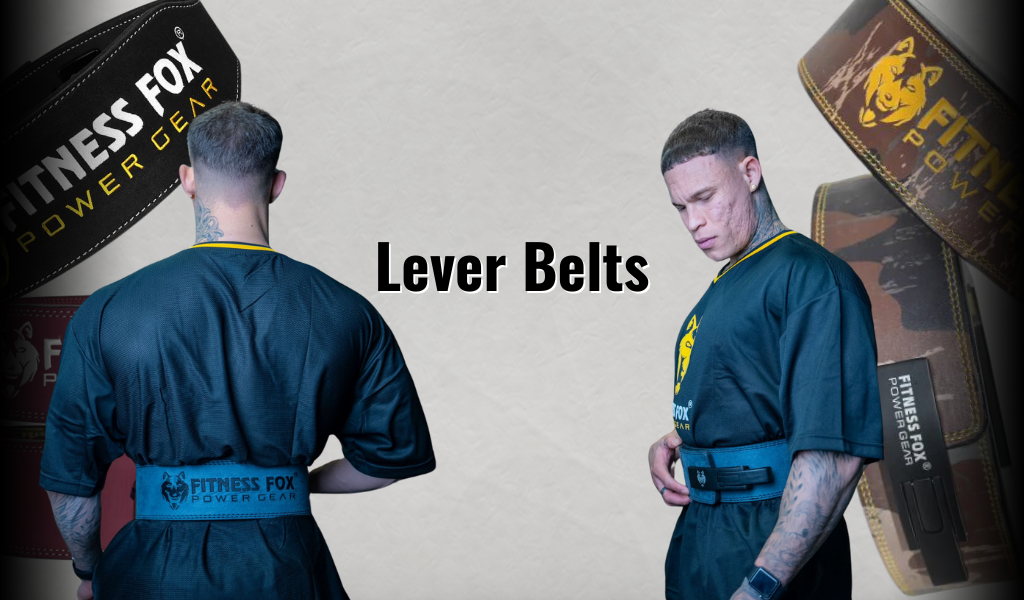
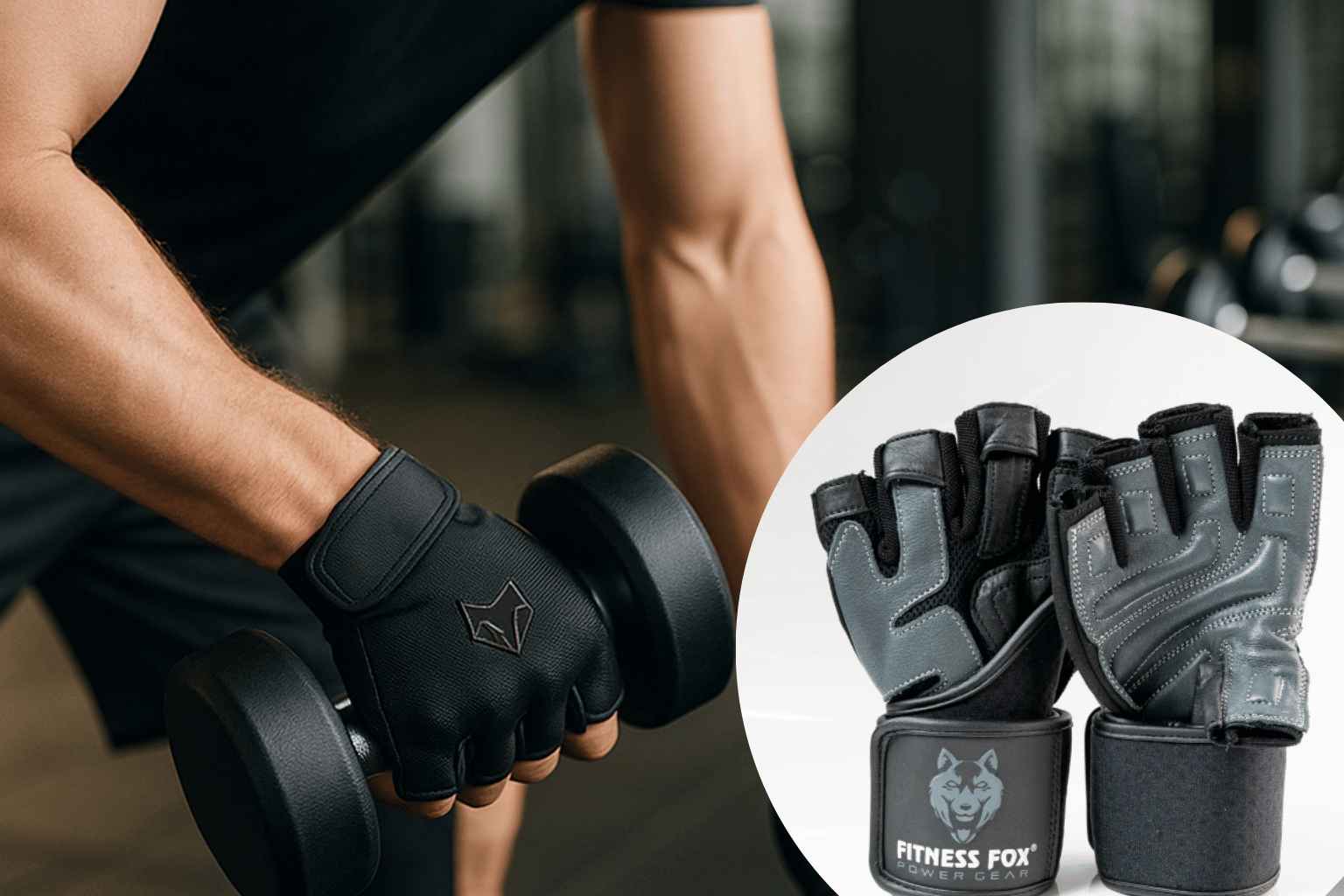







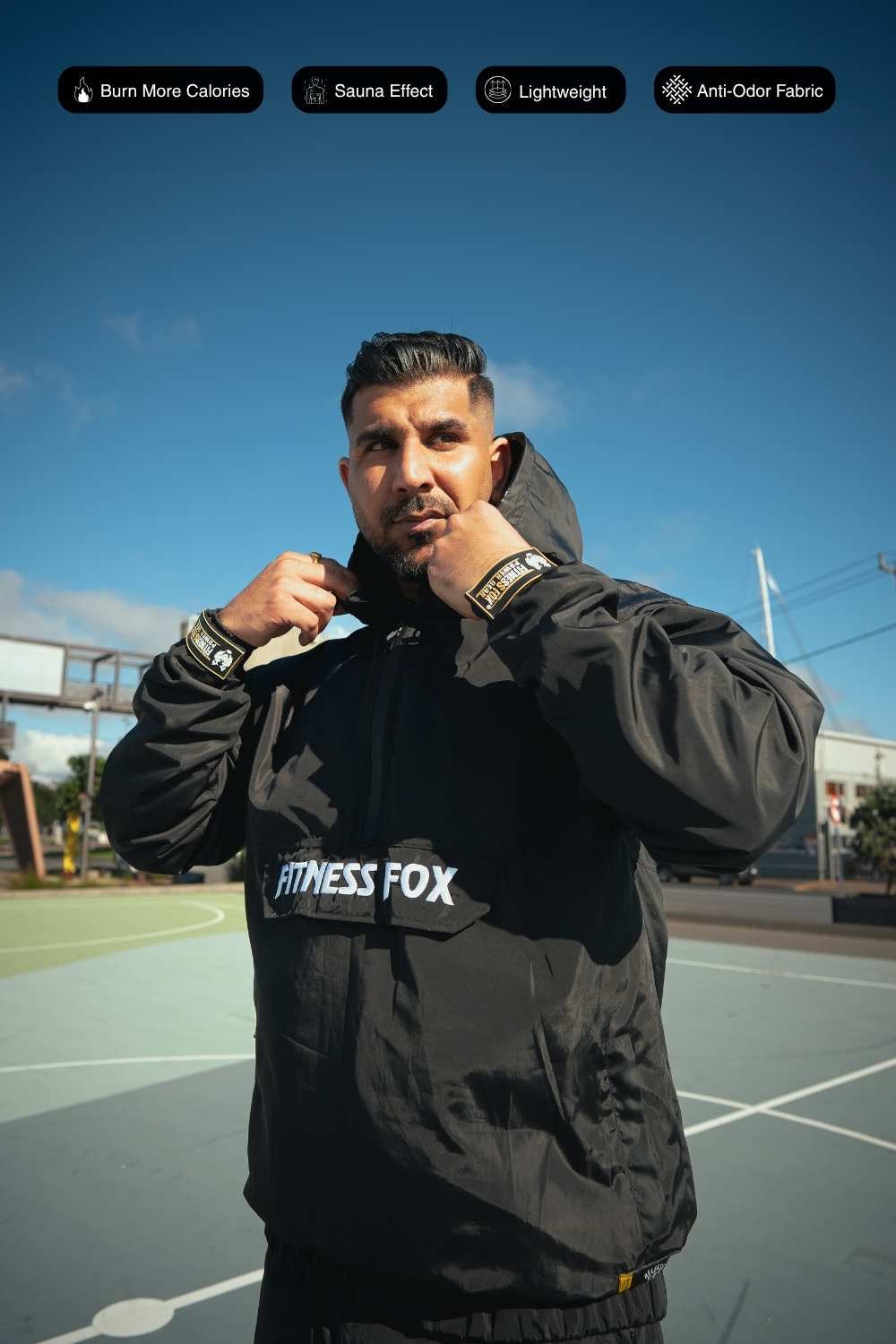







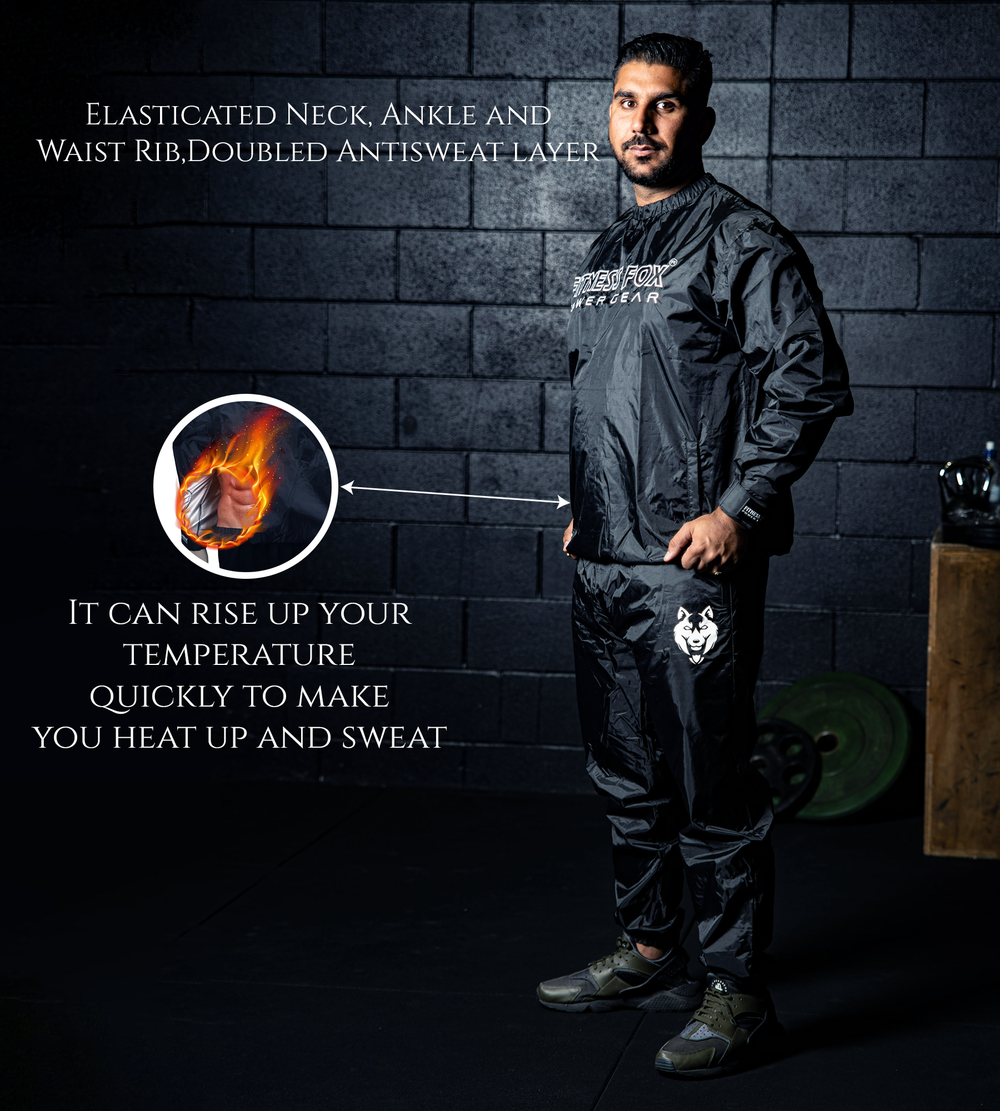


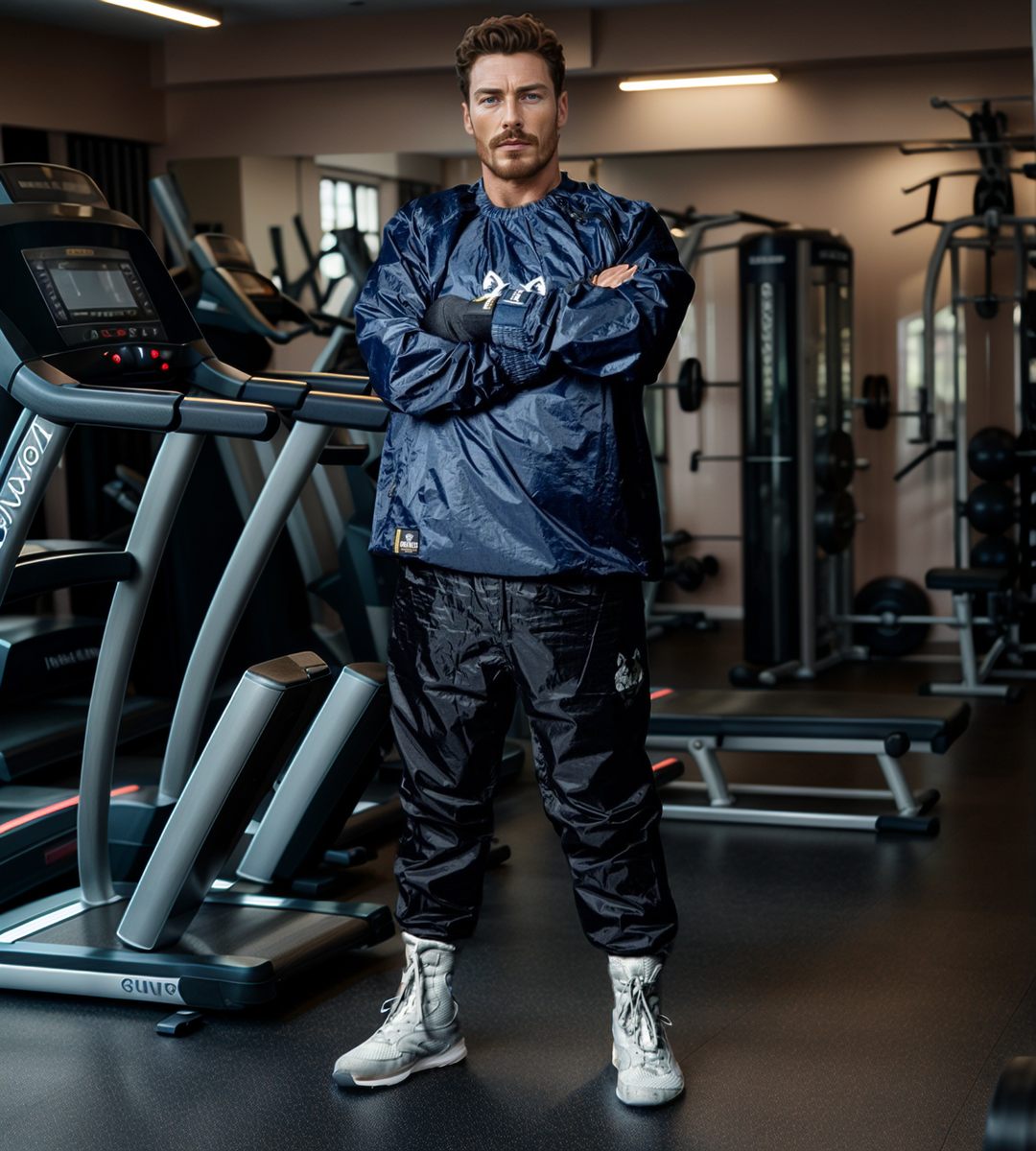
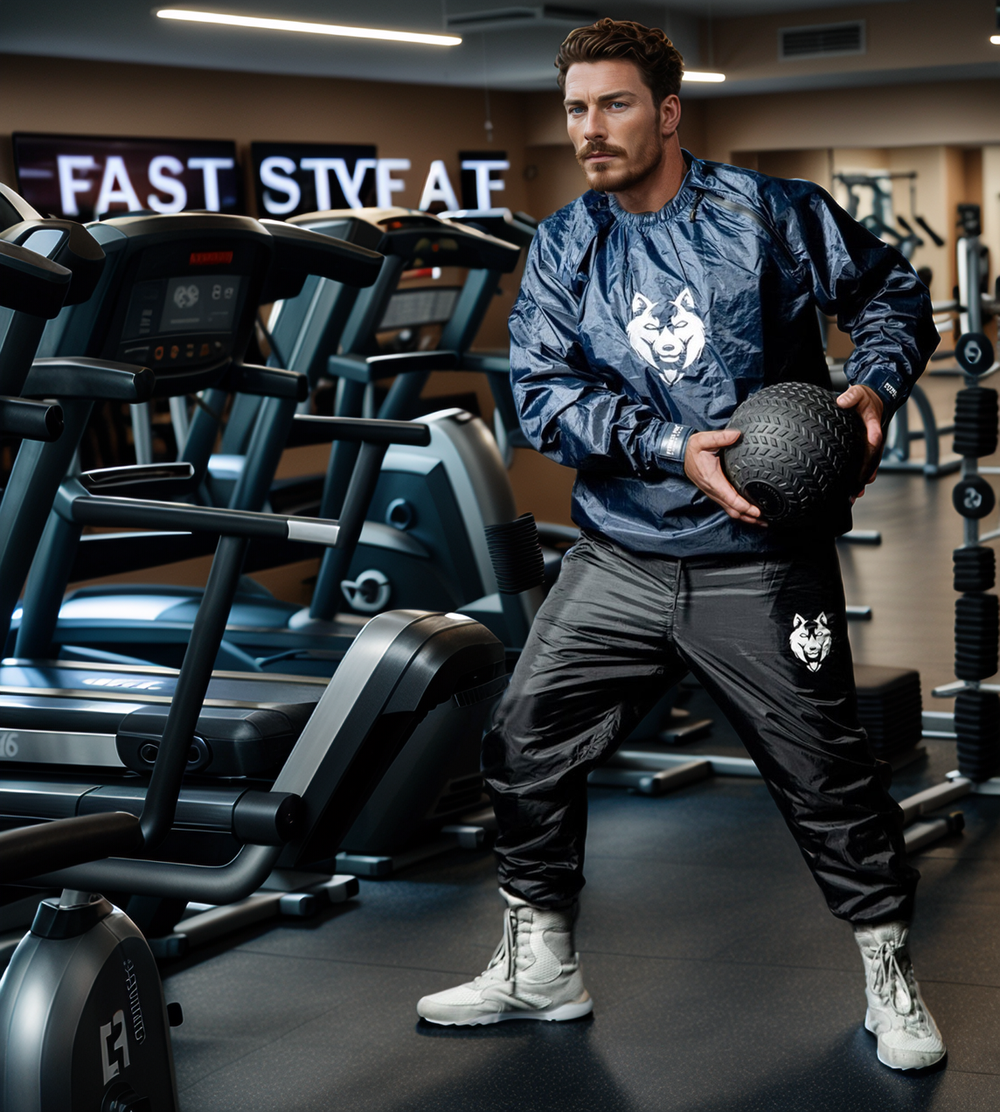

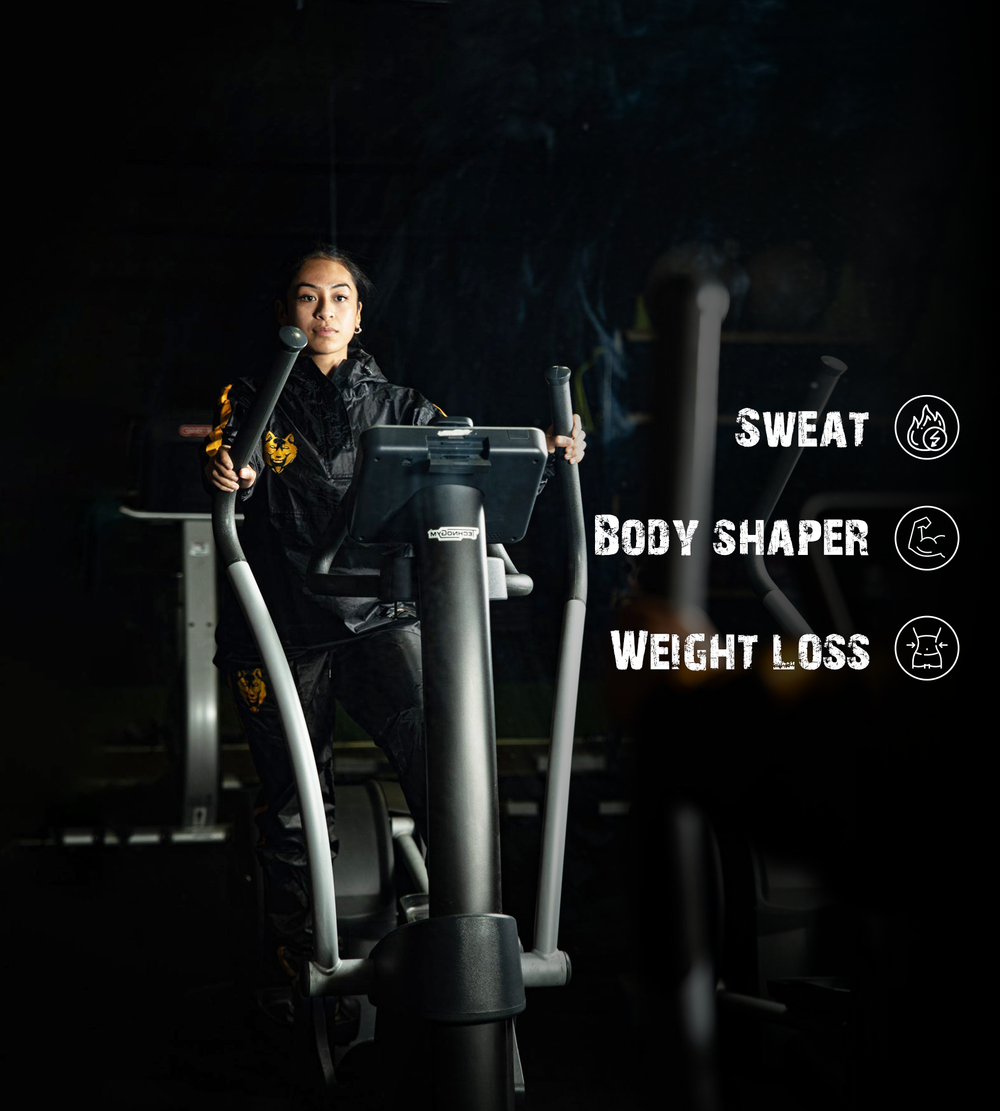
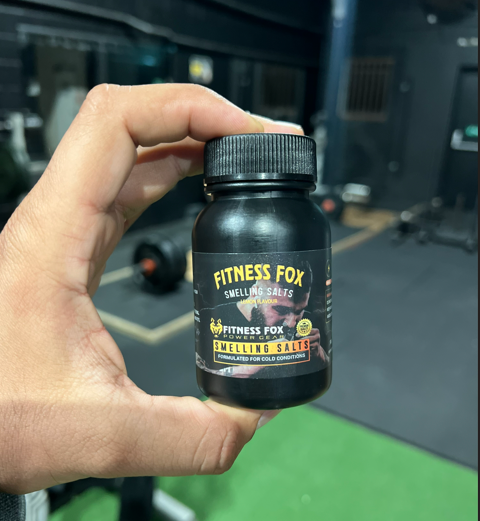
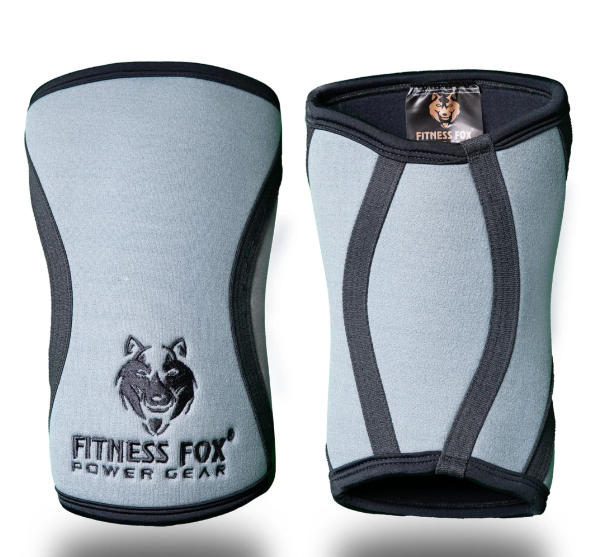
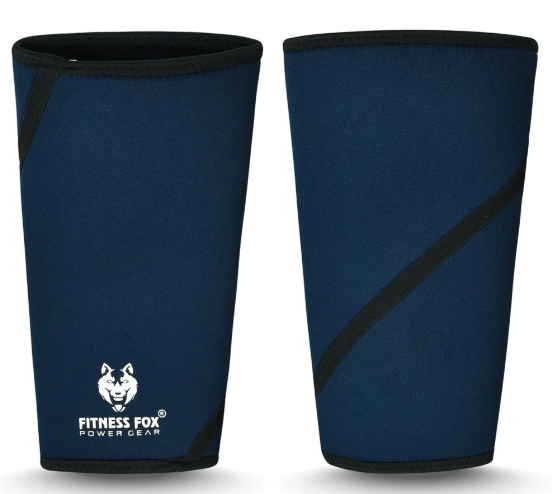

Leave a comment